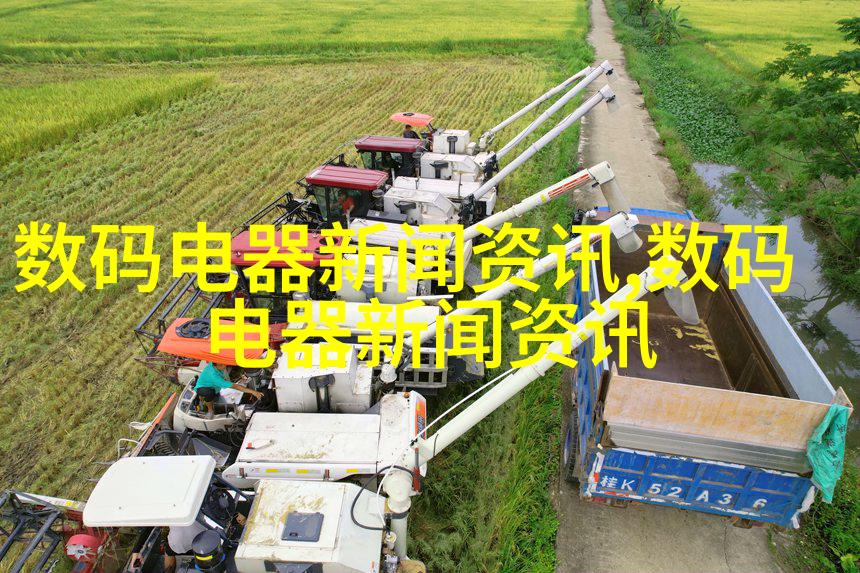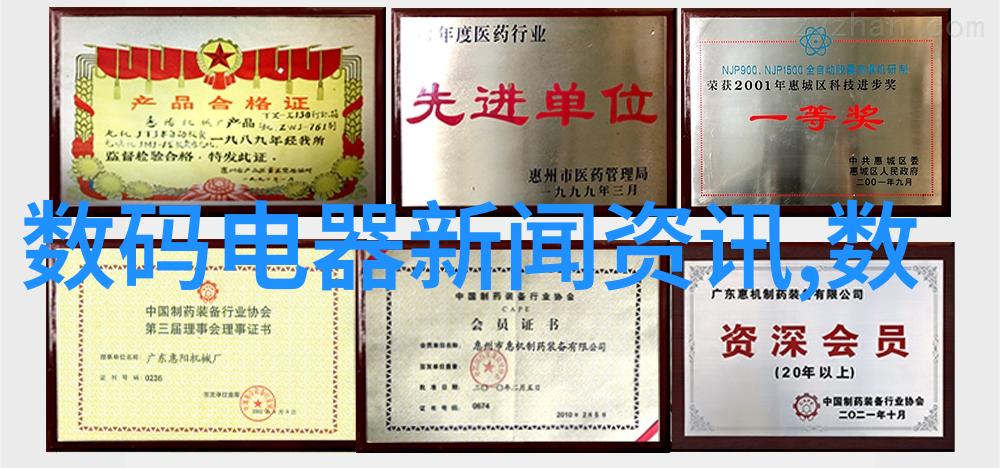
固定床反应器工作原理研究及其在化学生产中的应用前景探讨
固定床反应器的工作原理与特点

固定床反应器是一种广泛应用于化学工业中的设备,其工作原理基于离子交换、吸附和催化等物理或化学过程。在这种反应器中,活性物质(如催化剂)被固定的介质(如炭黑、硅胶等)所覆盖,从而形成一个稳定的固体-液体接触表面。这种设计使得固定床反应器能够有效地提高表面积,增强物料传输效率,并且能够通过选择合适的固体支持材料来优化催化性能。
固定床反应器的主要特点

1. 高效利用空间
由于固体介质具有较高的表面积,可以将更多的活性物质均匀分布在较小的空间内,从而最大程度地提高了单位容积上的反应速率。

2. 易于回收和再生使用
由于活性物质是固定的,因此在反应完成后可以相对容易地从介质上回收或进行再生处理,以减少成本并保护环境。

3. 易于规模经济生产
固定床技术可以轻松扩展到大规模生产,使其成为许多工业过程中不可忽视的一环。

固定床反应器在不同领域中的应用
化学合成领域
固定床技术被广泛用于各种化学合成过程,如氯甲烷制备、醇类氧化等,这些都是基础石油产品制造业不可或缺的一部分。
环境保护领域
例如,在废水处理中,通过添加特殊型号的吸附剂,可以有效去除污染物,对环境有着积极意义。
食品加工领域
在食品加工中,某些酶可以通过固定技术来保持其生物活性,并长期保持其稳定性能,为食品行业提供了一种新型生物转换方法。
固定床反应器未来发展趋势
随着科学技术不断进步,未来对于固定床技术研发将会更加注重以下几个方面:
创新材料
开发出新的、高效、耐用的固体支持材料,以进一步提升催化剂的稳定性和活动力。
智能控制系统
利用现代信息科技,如传感网络和自动控制系统,将实时监控与反馈调节结合起来,以实现更精确、高效的人工智能操作。
可持续发展
推动绿色能源和环保产业向前发展,比如使用生物基材料替代非可再生的塑料材质,以及采用循环经济模式来降低资源消耗。
总结:fixed-bed reactor, also known as a fixed-bed catalytic reactor or fixed-bed adsorption reactor, is a common type of chemical reaction equipment widely used in various industries due to its high efficiency and versatility. The working principle of the fixed bed reaction system is based on the physical or chemical interaction between the solid catalyst support material and the reactant gas or liquid flow through it. This article discusses the main characteristics and advantages of using fixed bed reactors in different fields such as chemical synthesis, environmental protection, food processing etc., and explores potential future trends for research and development in this area.
The work principle of a fixed bed reactor can be divided into several parts: mass transfer mechanism, heat transfer mechanism, fluid dynamics mechanism, etc., all these mechanisms play important roles in ensuring efficient operation of the process inside the reactor.
In terms of mass transfer mechanism: The key point here is that there are two phases involved - solid phase (catalyst) and liquid/gas phase (reactants). It's essential to understand how these two phases interact with each other during a reaction process.
For heat transfer mechanism: Heat generation during reactions must be dissipated efficiently to maintain optimal operating conditions within the reactor.
Fluid dynamics plays an important role by controlling flow rates which affect residence time distribution within the column thus impacting conversion rate overall efficiency.
Furthermore , advanced technologies such as computational fluid dynamics (CFD), artificial intelligence (AI) can be integrated into design optimization processes to maximize performance while minimizing costs associated with construction maintenance energy consumption safety considerations among others .



